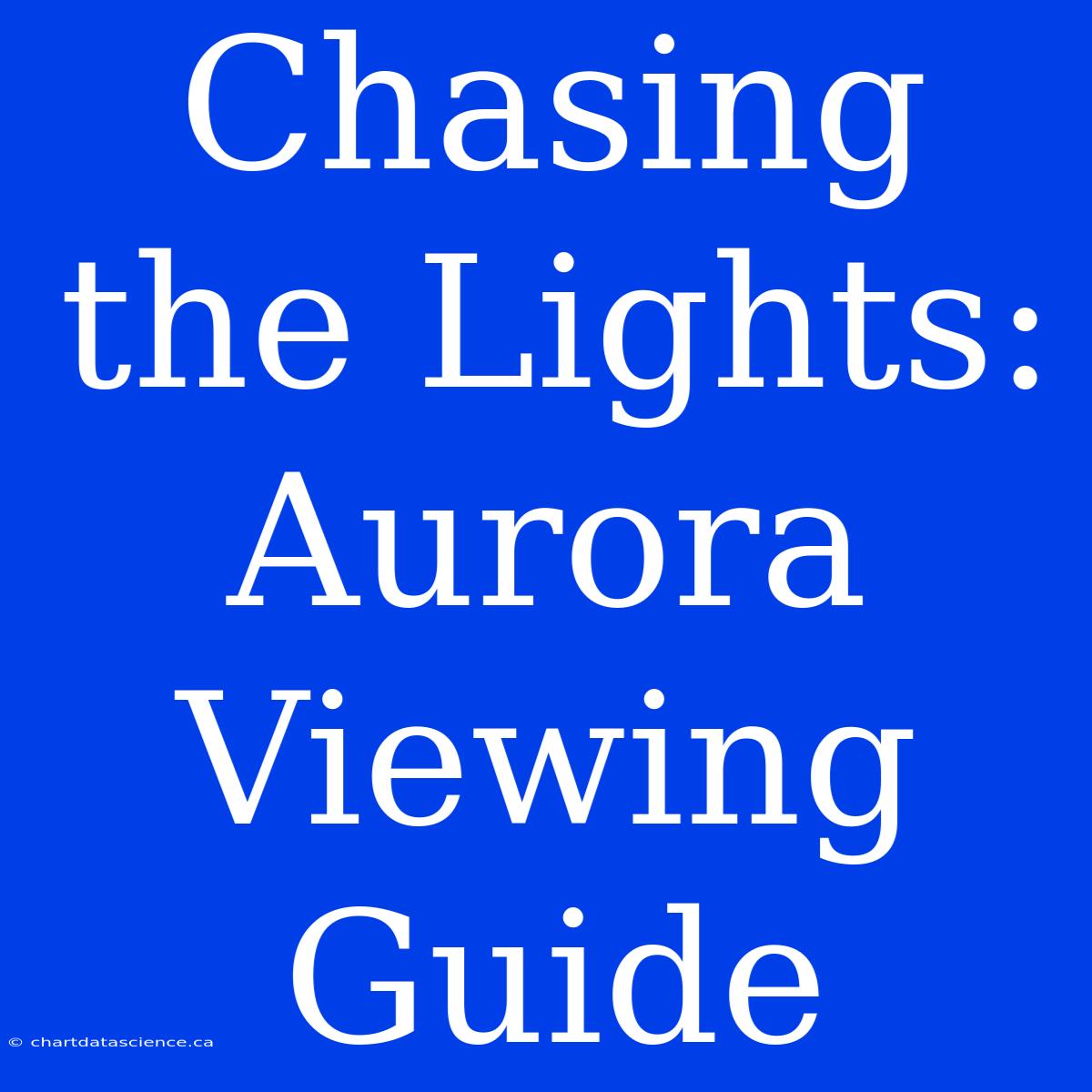Chasing the Lights: Aurora Viewing Guide
Have you ever dreamt of witnessing the mesmerizing dance of the Northern Lights? The aurora borealis, a celestial spectacle painting the night sky with vibrant hues of green, purple, and blue, is a bucket-list experience for many.
But chasing the aurora isn't as simple as pointing your camera skyward and hoping for the best. It requires a bit of planning, knowledge, and patience.
Understanding the Aurora Borealis
The aurora borealis is caused by charged particles from the sun, known as the solar wind, colliding with the Earth's atmosphere. These collisions release energy, creating the breathtaking displays we see.
Where and When to See the Northern Lights
The best places to see the aurora are in the high latitudes of the Northern Hemisphere, closer to the Earth's magnetic poles. These include:
-
Alaska, USA: The northernmost state in the US boasts wide-open skies and remote locations, perfect for aurora viewing.
-
Canada: From the Yukon Territory to Nunavut, Canada offers incredible aurora experiences.
-
Iceland: This volcanic island is renowned for its stunning landscapes and frequent aurora displays.
-
Norway: From the Lofoten Islands to Tromsø, Norway offers picturesque locations and various aurora viewing options.
-
Finland: Lapland, with its snow-covered landscapes and traditional saunas, is an idyllic place to witness the aurora.
Tips for Maximizing Your Aurora Chances
-
Plan your trip: Research peak aurora season, which typically falls between September and April in the Northern Hemisphere.
-
Escape city lights: Seek out dark sky locations far from light pollution.
-
Check the aurora forecast: Websites and apps like the Aurora Forecast provide real-time activity predictions.
-
Be patient: Auroras can be elusive, so give yourself plenty of time and don't be discouraged by a few cloudy nights.
-
Dress warm: Auroras are best viewed at night, so dress appropriately for cold weather conditions.
Capturing the Lights
If you're planning on capturing the aurora on camera, here are a few tips:
-
Use a tripod: A tripod ensures sharp images, especially with long exposures.
-
Set your camera to manual mode: Control your aperture, shutter speed, and ISO for the best results.
-
Use a wide-angle lens: Capture the expansive beauty of the aurora.
-
Experiment with different settings: Don't be afraid to try different shutter speeds and ISO levels to find what works best for you.
-
Capture the surrounding landscape: Include interesting foreground elements to create a compelling composition.
Chasing the aurora borealis is an unforgettable experience, combining breathtaking natural beauty with the thrill of discovery. With a little planning and preparation, you can increase your chances of witnessing this extraordinary celestial phenomenon. So, pack your bags, embrace the cold, and get ready to be amazed by the magic of the Northern Lights!

